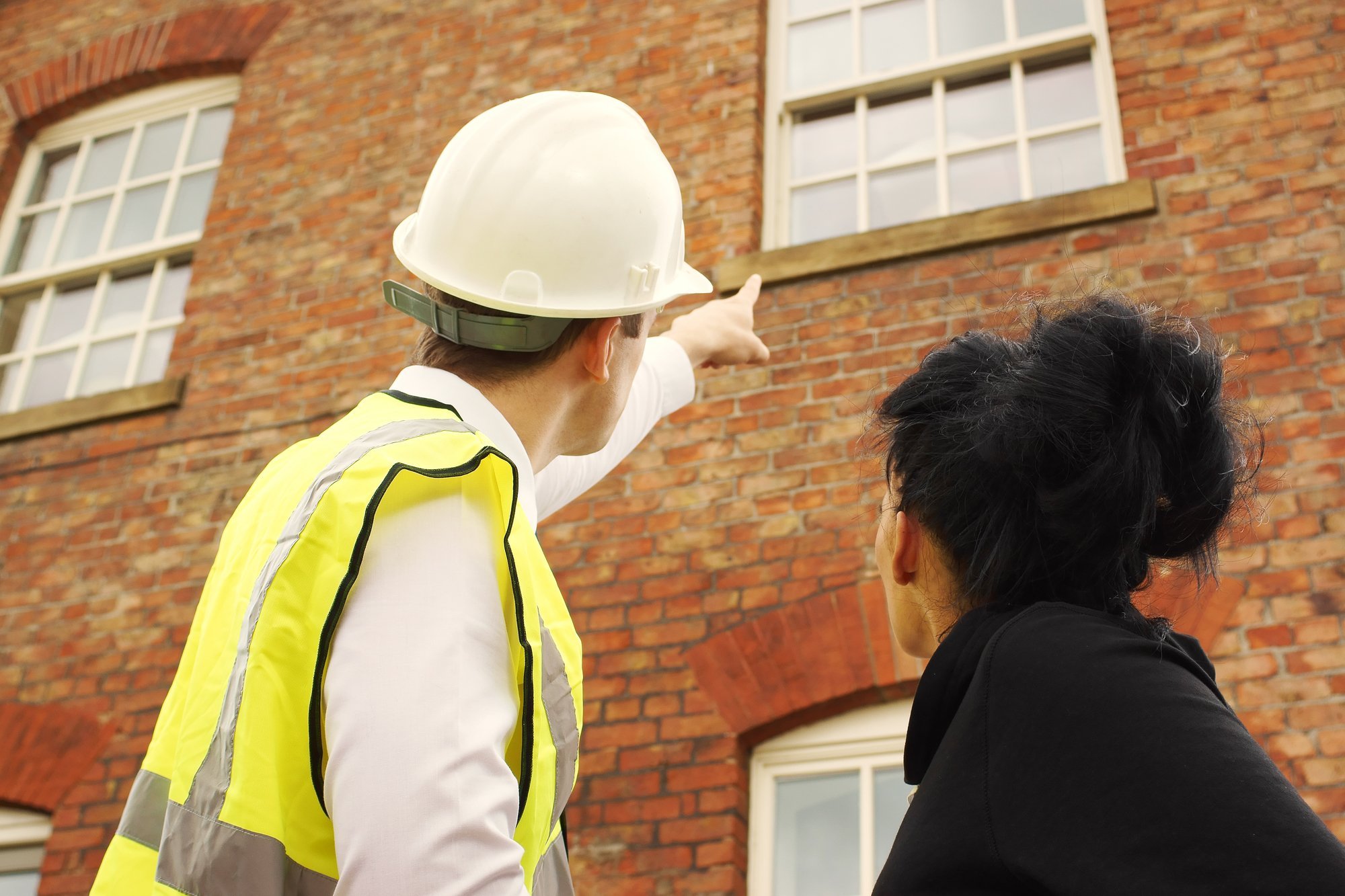Published on April 6th, 2023
What’s involved in energy efficiency upgrades?
When you’re starting out in the world of home retrofit it can be hard to wrap your head around the (many) moving parts each job involves. Here we look at what’s involved in making energy efficiency upgrades, including the kind of work that's required and the time and cost involved.

Upgrading your home to make it more energy efficient involves a range of measures from the big, like getting your floors raised and installing underfloor heating, to the small, like replacing your LED light bulbs with energy efficient ones.
Each job involves different levels of expertise and people-power. So when you’re starting out in the world of home retrofit it can be hard to wrap your head around the (many) moving parts each job involves.
The reason people install retrofit measures is because energy efficient homes need less energy to operate, leading to a reduction in carbon emissions and energy bills. This means that homeowners can save money and contribute to mitigating climate change. As we’ve explored before, home energy upgrades can also have a positive impact on your home’s value as its future-proofness will mean less costs to the buyer when they move in, and generally more comfort while living in it.
If you’re looking for advice on how to make your home more energy efficient you can book a home assessment with us, where an accredited surveyor will tell you exactly where your property can be improved and provide you with a plan on how to take the property forward and make it more energy efficient. You can book an assessment here.
Here we look at what’s involved in making energy efficiency upgrades, including the kind of work that's required and the time and cost involved.
DIY home retrofit work:
1. Lighting
Upgrading your lighting to more energy efficient options such as LED or CFL bulbs is a really easy quick action you can take with the average lightbulb costing between £5 and £12 and saving you around £55 per year. It usually takes a few minutes per bulb to switch them round.
2. Air sealing
A little more complicated than changing a light bulb, you can seal up air leaks around your window with caulking or weatherstripping, this stops draughts coming through the gaps in your windows and around the window pane. It costs around £15 to purchase a caulking gun and £10 per packing of caulking silicone. It usually takes a few hours to complete all the windows in the average three bedroom house.
3. Loft insulation
This can be a bit harder to do yourself so you may want a professional to do the job. It involves buying a large amount of insulation from a DIY shop, cutting the material to fit around the joists of the loft and then layering the insulation upwards on top of itself until it reaches the ceiling. This usually takes a few hours to half a day to complete and costs around £500 if you’re getting someone else to do it.
Partial home retrofit (slightly more complicated than DIY - you might need a contractor):
1. 1. Cavity Wall Insulation
Cavity wall insulation involves filling the gap between your inner and outer cavity walls with polystyrene beads, mineral wool or foam. We’d recommend getting a professional to do this or getting an assessor like Furbnow to look at your walls to ensure you can get this work done, most houses pre-1920s have solid walls. This job can take between half a day and a few days depending on the size and complexity of the job. This job usually costs between £350 and £750.
2. Water-saving measures:
Installing low-flow showerheads, faucets, and toilets can reduce your water consumption by up to 30%, with a reduction in excess water being used when you have a shower or wash your hands. These changes can cost anywhere from £50-£500 depending on the number of fixtures being replaced. This retrofit typically takes a few hours to a day to complete.
3. Windows and doors:
Replacing old, draughty windows and doors with more energy-efficient options helps increase heat retention in your home and with the right window frames and doors can improve ventilation. These energy efficiency upgrades can cost anywhere from £3,000-£10,000 or more, depending on the size of your home and the type and number of windows and doors being replaced. This retrofit typically takes a few days to a week to complete.
Deep retrofit work (These are bigger jobs that require a few days of work by contractors):
1. Heating and cooling systems:
The Government's Green Homes Grant found that replacing your old inefficient boiler with a modern efficient one can save you up to £205 per year on your energy bills. It also means your home heats up more effectively which is more comfortable than being overwhelmed with heat for thirty minutes before freezing again. A smart thermostat also means you can choose what rooms to heat up and have it timed to come on at the right times in the day. A new boiler can cost anywhere from £3,000-£10,000 or more, depending on the size of your home and the type of system being installed. There are grants available for this such as the Government’s Boiler Upgrade Scheme (BUS) which gives £5,000-£6,000 towards the cost of installing a new boiler or heat pump. This work typically takes a few days to a week to complete.
2. Renewable energy systems:
Installing solar panels or (if you have the space) wind turbines can provide some pretty significant savings on energy bills. For example a typical 4kWp can save a homeowner up to £260 per year on energy bills and reduce carbon emissions by up to 1.3 tonnes each year. These have some of the bigger installation costs ranging anywhere from £5,000-£20,000 or more depending on the size of your system and the specifics of your installation. This retrofit typically takes several days to a few weeks to complete.
3. Internal/External Wall insulation:
Adding internal or external wall insulation is a reasonably big job, it requires extending your wall either into the building or outwards. This is done by adding a layer of panelling onto the wall and then filling the gap between the outer layer and the wall with insulation material like foam. There’s also usually a decorative element required, as you’re adding a new facade to your building. Internal wall insulation costs between £4,000-£10,000 depending on the job, with external wall insulation costing between £8,000 and £20,000. Internal wall insulation takes can take several days to a week or so to complete while external wall insulation can take several weeks to a month or two.
4. Underfloor heating
Underfloor heating requires installing either water or electric based heating under your floorboards or tiles. Often you’ll need to have the floor raised to create a gap below which can reduce the size of the room a little if you’re into your high ceilings or just want a bit more head room. This is a more efficient way of heating your home than radiators though as heat rises meaning the warmth is at its peak at body height rather than ceiling height, which radiators project. You’re looking at about £50 to £100 per square meter of underfloor heating, with installation costs of about £10,000 for a whole house. It can take a week or more to install and connect up with your heating system, there may also be decorative requirements for the floor itself.
If you’re looking for advice on how to make your home more energy efficient you can book a home assessment with us, where an accredited surveyor will tell you exactly where your property can be improved and provide you with a plan on how to take the property forward and make it more energy efficient. You can book an assessment here.
Written by

Oisin Teevan